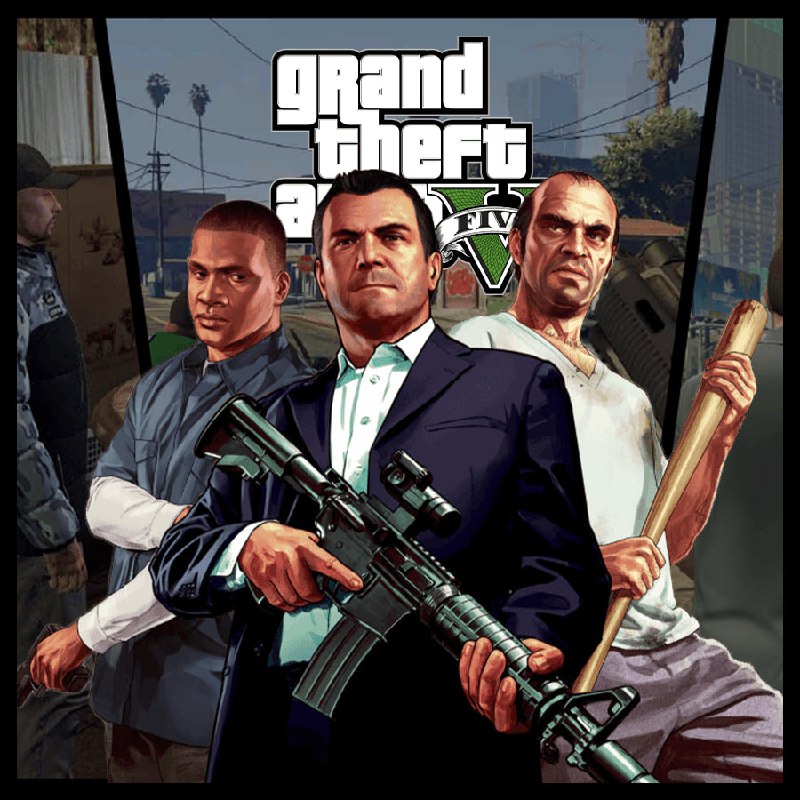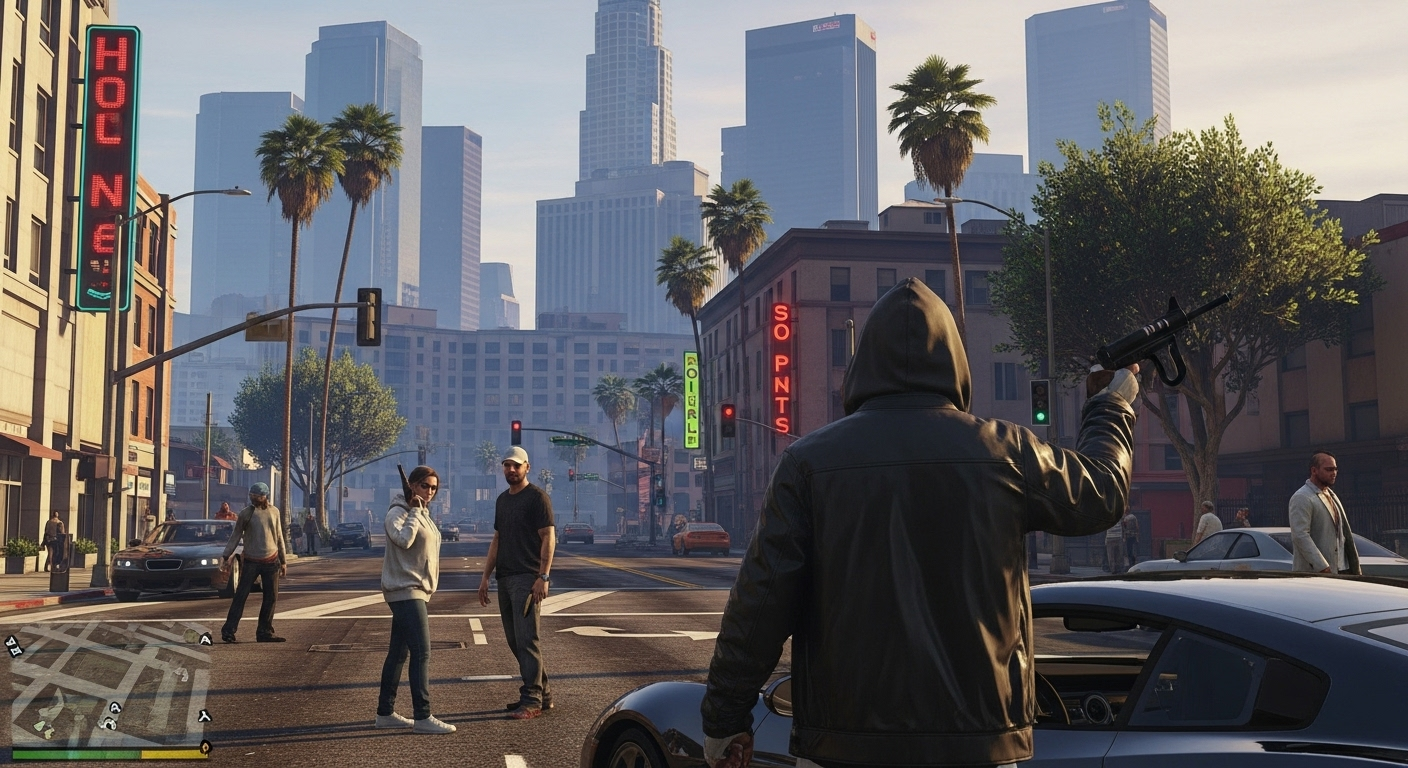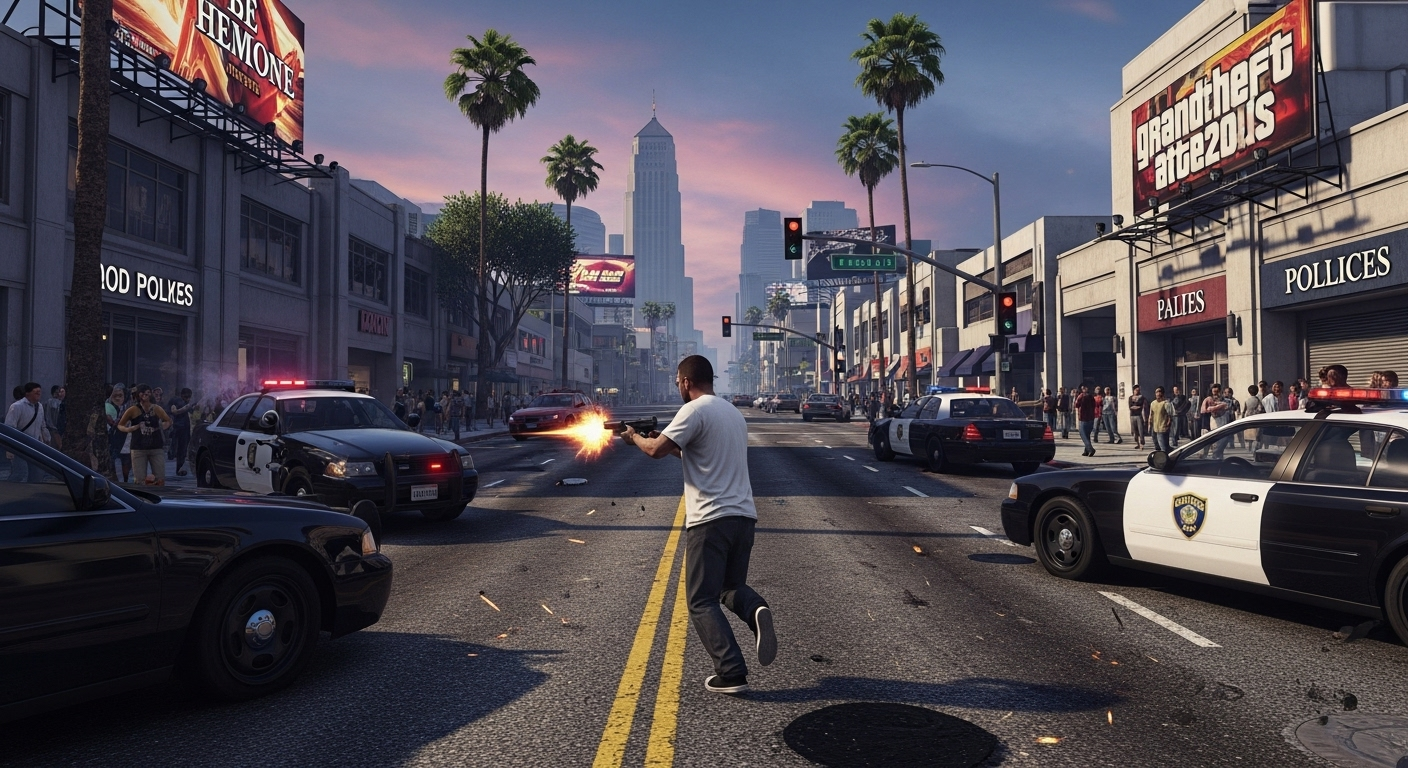🎉 Content Unlocked!
You now have full access to this feature or content.
You now have full access to this feature or content.

GTA: Save My City lets you fight crime, steal cars, and restore order to a city overrun by gangsters. Complete missions in this free online open-world action game!
GTA: Save My City throws you into a chaotic open-world HTML5 shooter where the city is under siege, and only you can bring order. As a lone hero in a lawless metropolis, you’ll take on ruthless gangs, engage in epic street shootouts, rescue hostages, and reclaim your territory from the criminal underworld.

Unlike traditional GTA-style games, GTA: Save My City is fully browser-based — no downloads, no installs, and totally free to play.

If you're a fan of open-world action, fast-paced shooting, and high-speed car chases, this game offers non-stop excitement. Save your city and prove that one brave fighter can make a difference.